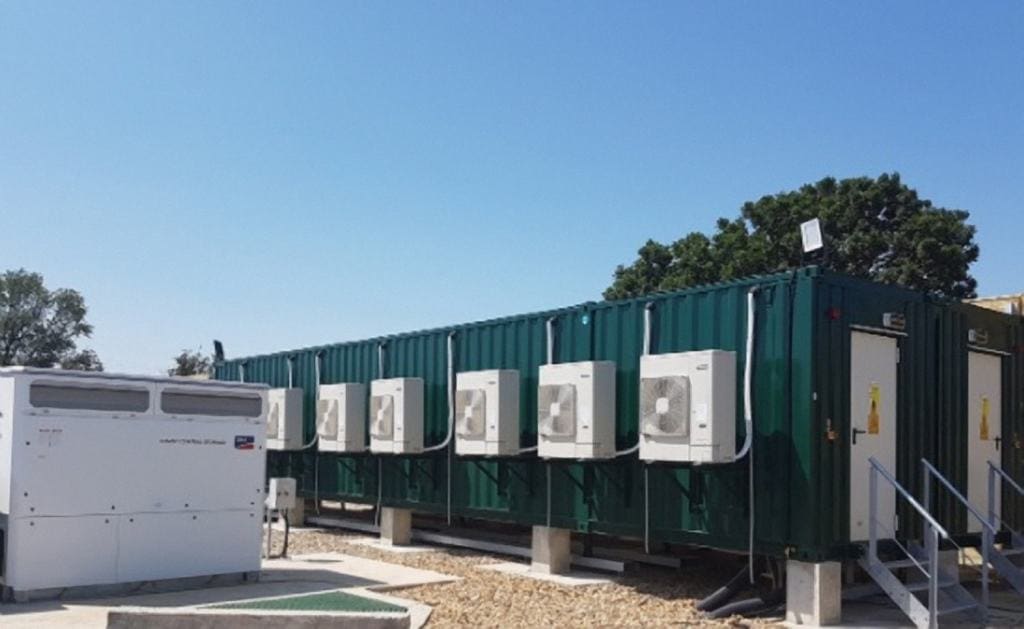Last year, the nation’s biggest ever site was announced, with InterGen set to build a 320MW asset in Essex, and an increasing number of storage projects were also announced by major players like Gore Street and Gresham House, the latter of which acquired a 45MW portfolio of battery storage systems in England, growing its operational fleet to 395MW. In January, Gresham House also bought a 25MW battery-only project in North East England from Enel Global Thermal Generation SRL and completed a previously announced 10MW expansion of its Glassenbury project in Kent.
Even those from other energy backgrounds, have looked to diversify their portfolios. Foresight Solar Fund states that battery storage is expected to have a ‘significant role in the energy transition’ and is looking to add utility-scale battery storage systems to its existing solar PV sites. If approved by shareholders, up to 10% of the company’s Gross Asset Value (GAV) could be invested into this technology.
Why now?
VEST Energy, a cleantech trading house that uses technology to trade electricity and support renewable energy, outlined why investors have begun to move from understanding the business case on paper to dipping their toes in the water of battery storage, in what they have called a ‘breakthrough’ year.
According to VEST, increased confidence in the asset class has been driven by:
- Third-party counterparties entering the space and offering new, innovative products
- Increased volatility in trading markets
- Increased market size of frequency service contracts
What does this mean for the UK?
An increase of 20GWh of battery storage could reduce the amount of wasted wind power in Great Britain by 50%, according to new analysis from consultancy LCP.
Wind curtailments between Scotland and England are expected to cost consumers £1 billion (US$1.36 billion) per year by 2025, a figure that will continue to grow as the nation works towards the UK government’s 40MW by 2030 target. This figure highlights how “rapidly scaling up battery storage capacity is key” LCP said.
Challenges facing battery storage development
At the time of the legislation change, Peter Kavanagh, CEO of battery energy storage and solar company, Harmony Energy, said the changes to legislation would definitely lead to more 50MW-plus scale projects. Peter also outlined the biggest challenge facing battery storage:
“The biggest single challenge has been the funding,” explained Kavanagh. “We started out in the battery front four years ago. At the time, there were good frequency contracts in the market, which were quite lucrative. But that market became saturated very, very quickly, with quite a small volume of sites.”
What’s next?
According to International Renewable Energy Agency (IRENA), globally, energy storage deployment in emerging markets is expected to increase by over 40% each year until 2025. Currently, utility-scale stationary batteries dominate global energy storage. But by 2030, small-scale battery storage is expected to significantly increase, complementing utility-scale applications.
We look forward to keeping up with the latest on battery storage developments, including what small-scale battery storage could mean for you and the UK renewable energy market.
